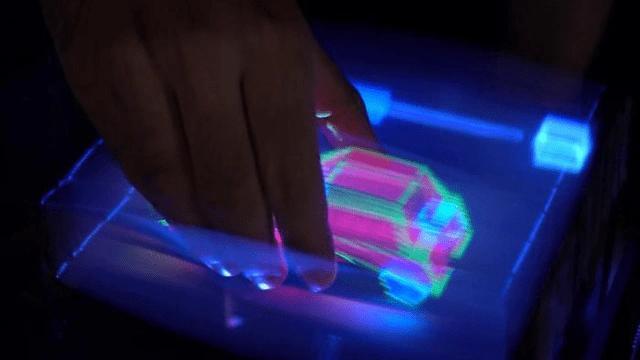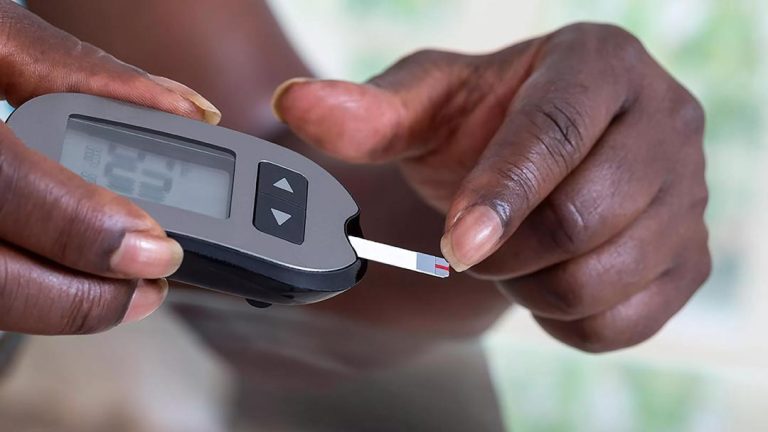
Holograms that can be touched invented
In a groundbreaking innovation, engineers from the Public University of Navarra (UPNA) have successfully created a hologram that can be interacted with using one’s hands. This technology allows users to “insert their hands” into a 3D display and “grab and drag virtual objects” with ease. The implications of this invention are vast, with potential applications in various fields, including education, entertainment, and even healthcare.
The team of engineers used a flexible projector screen, known as a diffuser, to achieve this breakthrough. This innovative screen is capable of projecting images in mid-air, allowing users to interact with holograms in a more natural and intuitive way.
The process of creating this interactive hologram is quite simple. The user places their hand in front of the diffuser, and the projector screen uses computer vision and machine learning algorithms to track the movement of the hand. This information is then used to render the hologram in real-time, allowing the user to manipulate the virtual objects with precision.
According to the team, this technology has the potential to revolutionize the way we interact with virtual objects. “These displays could be particularly useful in museums,” they said. “Imagine being able to pick up and examine a virtual artifact, or even participate in a virtual tour of a historical site. The possibilities are endless.”
The team also envisions this technology being used in educational settings, such as classrooms and training simulations. “Students could use these holograms to learn complex concepts in a more engaging and interactive way,” they explained. “They could also use them to practice complex skills, such as surgical procedures or space exploration.”
In addition to its potential applications in education and museums, this technology could also be used in the entertainment industry. Imagine being able to play with virtual objects in a video game, or even interact with virtual characters in a movie or TV show. The possibilities are endless, and this technology has the potential to change the way we experience entertainment forever.
Another potential application of this technology is in the field of healthcare. “Patients could use these holograms to visualize their own anatomy, or even participate in virtual therapy sessions,” said the team. “This could be particularly useful for patients with mental health conditions, such as anxiety or PTSD.”
The team’s invention is still in its early stages, but it has the potential to revolutionize the way we interact with virtual objects. With its flexibility and accuracy, this technology could be used in a wide range of applications, from education and entertainment to healthcare and beyond.
In conclusion, the invention of holograms that can be touched is a significant breakthrough in the field of technology. With its potential applications in education, museums, entertainment, and healthcare, this technology has the potential to change the way we live and interact with the world around us. As the team continues to develop and refine this technology, we can expect to see even more innovative applications in the future.






